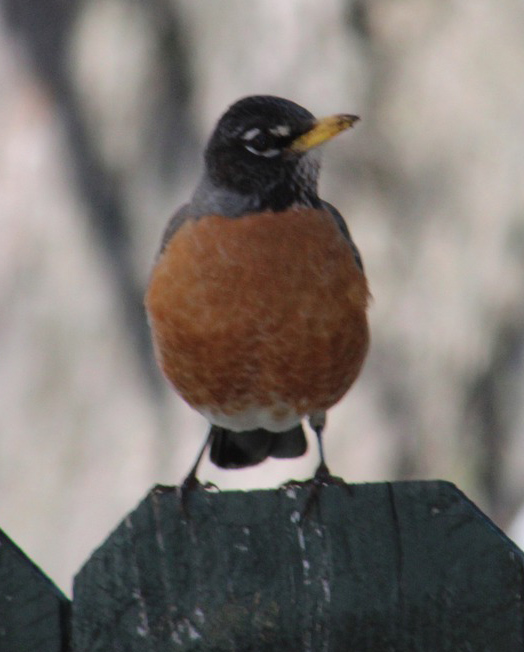
Do you already know this species? Click the arrows to check…















This large-leaved biennial wildflower has thistle-like flowers and an edible and medicinal taproot
This black-white-and-grey bird points its slender bill downwards – or tilts it comically upwards – as it spirals face-first down tree trunks and round and round branches, searching for insects to devour
This brightly colored, chunky bird is not found in America but frequents gardens and backyards in the UK and throughout much of Europe.
These nearly ubiquitous, often evergreen vines are almost entirely edible outside of their berries. Try their tender tendrils. 😉
This WHITE little plant completely lacks chlorophyll and is often mistaken for a fungus or mushroom. In truth, it is a parasite of fungi that feed on tree roots, and is often found in the shade beneath beech or maple trees.
This velvety rootbeer-colored, moist-looking, rubbery-textured, somewhat cup-shaped edible fungus grows on trees and downed logs
A low-growing “trefoil” weed of lawns and disturbed, nitrogen-poor soil, distinguished by its tiny hop-like yellow flower clusters, pointed tips on each leaflet, and the terminal leaflet on a longer stalk or petiole
This humble plant is easily overlooked, both in its quiet early blooming and later leaf unfurling. You can find it in wetlands and riverine forests in the NE quarter of the US, up into Canada.